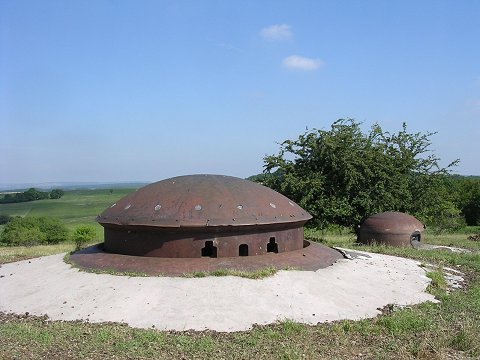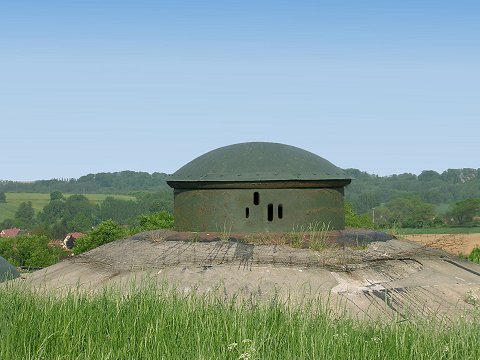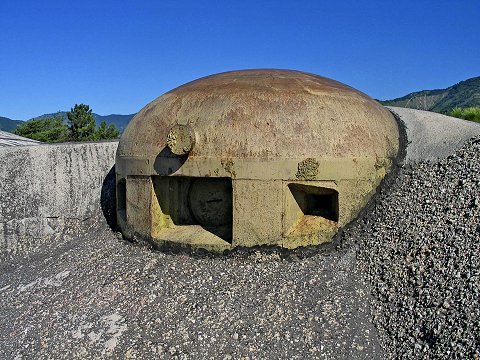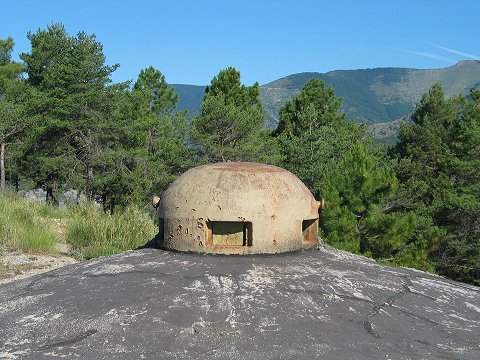 [Image: A turret on the Maginot Line].
[Image: A turret on the Maginot Line]."As I have said many times before," Paul Virilio states in an old interview with CTheory, "I was among the first people to experience the German Occupation of France during the Second World War. I was 7-13 years old during the War and did not really internalise its significance."
 [Image: The Maginot Line].
[Image: The Maginot Line]."More specifically," Virilio continues, "under the Occupation, we in Nantes were denied access to the coast of the Atlantic Ocean. It was therefore not until after the War was over that I saw the sea for the first time, in the vicinity of St. Nazaire. It was there that I discovered the bunkers."

 [Images: The Maginot Line – and, yes, I am aware that these are not the bunkers at St. Nazaire that Virilio just mentioned].
[Images: The Maginot Line – and, yes, I am aware that these are not the bunkers at St. Nazaire that Virilio just mentioned]."But what I also discovered was that, during the War, the whole of Europe had become a fortress. And thus I saw to what extent an immense territory, a whole continent, had effectively been reorganised into one city..."
War, in Virilio's formulation, was thus a kind of terrestrial reorganization – a reshaping of the Earth's surface; it was, among other things, landscape architecture pursued by other means.
 [Image: The Maginot Line].
[Image: The Maginot Line].(Thanks, Scott! Earlier on BLDGBLOG: Bunker Archaeology).
No comments:
Post a Comment